47 pages • 1 hour read
Agatha ChristieThe Murder of Roger Ackroyd
Fiction | Novel | Adult | Published in 1926A modern alternative to SparkNotes and CliffsNotes, SuperSummary offers high-quality Study Guides with detailed chapter summaries and analysis of major themes, characters, and more.
Summary and Study Guide
Overview
The Murder of Roger Ackroyd, first published in 1926, is a mystery novel by Agatha Christie, often called the “Queen of Mystery.” Christie has 66 detective novels to her name, as well as 14 short story collections. She is considered the best-selling fiction author of all time, with her books selling more than 2 billion copies worldwide. Christie also wrote a play, The Mousetrap, which has run continuously in London’s West End since its premiere in 1952, making it by far the longest-running play in history.
The Murder of Roger Ackroyd is Christie’s third and most critically acclaimed novel featuring detective Hercule Poirot, and it made its mark on the mystery genre through its unique and controversial ending. In 2013, the British Crime Writer’s Association named it the best crime novel ever written, and it is included in several lists of the most influential crime fiction of all time.
This guide refers to the 2011 William Morrow paperback edition.
Plot Summary
The story opens with the narrator, Dr. James Sheppard, detailing the death of Mrs. Ferrars, who overdosed on the sleeping medicine Veronal. Town gossip says Mrs. Ferrars previously poisoned her husband, who had a drinking problem. She was engaged to Roger Ackroyd, whose deceased wife was also a heavy drinker. Caroline, Sheppard’s sister, believes Mrs. Ferrars died by suicide because she could not live with the guilt of murdering her husband. Sheppard is unsure since there is no evidence to support the theory, but he wonders if it might be true.
Sheppard is invited to a dinner party at Ackroyd’s house, Fernly Park. He attends and meets the residents: Mrs. Cecil Ackroyd, Roger’s sister-in-law; Flora, her daughter; Geoffrey Raymond, Roger’s secretary; Parker, the butler; Miss Russell, the housekeeper; Ursula Bourne, the parlourmaid; and Major Blunt, a big game hunter. During dinner, Flora announces her engagement to Ackroyd’s stepson, Ralph Paton. After dinner, Ackroyd and Sheppard meet privately in Ackroyd’s study, where Ackroyd informs him that his ex-fiancée Mrs. Ferrars confessed to him that she killed her husband and that someone was blackmailing her because of it. During the conversation, a letter arrives from the deceased Mrs. Ferrars, which is presumably her suicide note containing the blackmailer’s identity. Ackroyd chooses to read it privately rather than with Sheppard there. Sheppard leaves shortly after.
Later that evening, Sheppard receives a phone call from Parker informing him that Ackroyd has been found murdered. When Sheppard arrives at Fernly Park, however, Parker says he placed no such phone call. They forcibly enter Ackroyd’s locked study and find him sitting in a chair with a knife through his back.
Flora asks Sheppard to accompany her to get Sheppard’s neighbor Hercule Poirot (a retired police detective) involved in the case. Poirot agrees to investigate on the condition that once he starts, he will not stop until the whole truth is revealed. Sheppard and Flora agree, and Poirot begins asking questions.
Poirot asks Parker and Raymond about a stranger whom Sheppard says visited Fernly Park. Both confirm that a stranger had visited, but the person did not fit Sheppard’s description. Inspectors Raglan and Davis—the two detectives officially investigating the case—arrive and announce that they have the matter solved already. Raglan presents a timetable detailing where everyone was in the house at the time of the murder—they all have alibis. He then explains that a neighbor saw Paton entering the grounds and that Paton’s shoes are a close match to footprints found outside the manor. The evidence points to Paton being the murderer. And he has now disappeared.
After Raglan and Davis leave, Poirot and Sheppard investigate a summerhouse on the property, where Poirot finds a piece of pressed fabric and a goose feather quill. He also finds a woman’s gold wedding band thrown into the goldfish pond. It is engraved “From R., March 13th” (110). In addition, £40 are missing from a stash Ackroyd kept in his bedroom.
Poirot holds a meeting with the primary members of the household—Flora, Mrs. Ackroyd, Blunt, and Raymond—and says that anyone who knows where Paton is should step forward. Nobody says anything, but then Flora says she wants to announce her engagement to Paton in the paper to stand in solidarity with him. Poirot convinces her to delay the announcement a few days. He then accuses everyone in the room, including Sheppard, of withholding information. The room is silent.
Mrs. Ackroyd is the first to confess what she withheld from Poirot: She was trying to check Ackroyd’s will and left the table from which the murder weapon was taken unattended. Raymond is next, confessing that he is hard-pressed for money and the legacy Ackroyd left him will help immensely. Parker admits he was trying to listen at the door the night Sheppard and Ackroyd met in Ackroyd’s study. Parker overheard a bit about blackmail and wanted to make sure that his connection to a former employer who was involved with drugs was not known.
Poirot, Sheppard, and Caroline have lunch together, and Poirot tells them the story of a man with no malice in his heart and no thought of murder. The seemingly weak man takes an opportunity to kill when it arises, giving into the growing darkness within him. After the murder, the seemingly weak man returns to the person he was before, but now the potential to kill is within him and can strike again at any moment.
Poirot, Sheppard, and Raglan meet the stranger Sheppard encountered outside Fernly Park. He is Charles Kent, the illegitimate son of Miss Russell, the housekeeper, who came to ask his mother for money. (He has a drug addiction and the paraphernalia found in the summerhouse was his.) However, Kent has an alibi for the time of the murder—he was causing a ruckus at the local inn. Flora confesses next; she was in Ackroyd’s bedroom stealing the £40 that went missing. Blunt tries to cover for her—saying that he stole the money and that Flora is covering for him—but Poirot does not accept that.
Sheppard is asked to set up a meeting at Poirot’s house that evening with everyone from the Ackroyd household while Poirot investigates the Fernly Park grounds again. Later, Ursula Bourne reveals that she is Paton’s secret wife and that she had a confrontation with Ackroyd about the engagement between Flora and Paton. Later Ursula and Paton met in the summerhouse, and they fought about her confronting Ackroyd as she did.
Sheppard reveals to Poirot that he has been keeping a written record of the case as it unfolds. Poirot becomes excited and wants to read the account to see what details he may have missed about the case. Poirot reads and notes that Sheppard has kept himself relatively out of the narrative.
The household of Fernly Park meets at Poirot’s house as requested, and Poirot lays the case before them. He reveals a new piece of information: Ackroyd was alone in his study at 9:30pm when he was heard speaking to someone. The voice was his Dictaphone. Ackroyd was already dead. Everyone is impressed by this. With the evidence piling up, they all want to know where Paton is. Poirot says that he found Paton and that Paton is here. He points to the doorway where Paton is standing.
Paton tells how Sheppard helped him hide in a nursing home. When Poirot found Paton, he invited him to stay at his house until the end of the investigation. All evidence still points to Paton committing the murder, but Paton vehemently denies his guilt. Poirot says that he knows who did it and that all the information will go to Raglan in the morning, so the real murderer must confess to clear Paton’s name.
The meeting ends, and Poirot asks Sheppard to remain behind. Poirot accuses Sheppard of murdering Ackroyd. Poirot details how Sheppard set up the room so he could secretly hide the Dictaphone. Sheppard then set up a phone call to make sure he arrived on the scene of the murder in time and stole a pair of Paton’s shoes to frame him. To save face for Caroline, Poirot tells Sheppard to finish the case manuscript, confess his crime, and then die by suicide. Sheppard does so and chooses to die by an overdose of Veronal, the drug that killed Mrs. Ferrars. He addresses the manuscript to Poirot and laments that Poirot ever came to King’s Abbott.
Related Titles
By Agatha Christie
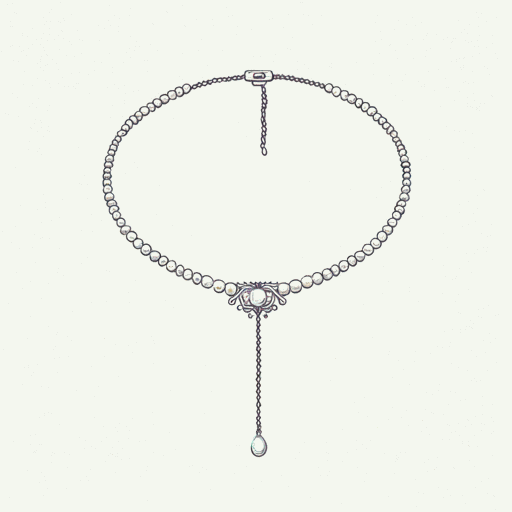
A Murder Is Announced
Agatha Christie
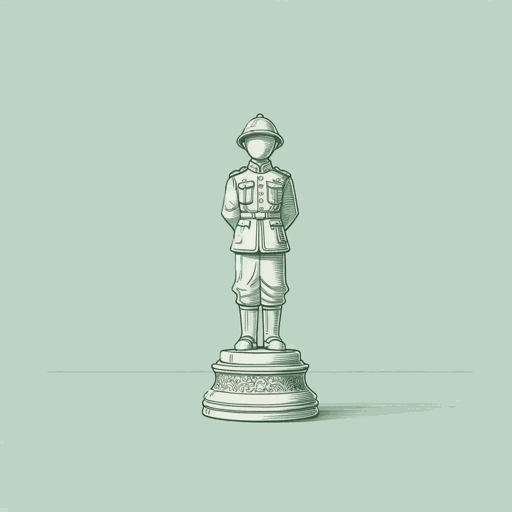
And Then There Were None
Agatha Christie

A Pocket Full of Rye
Agatha Christie

Crooked House
Agatha Christie
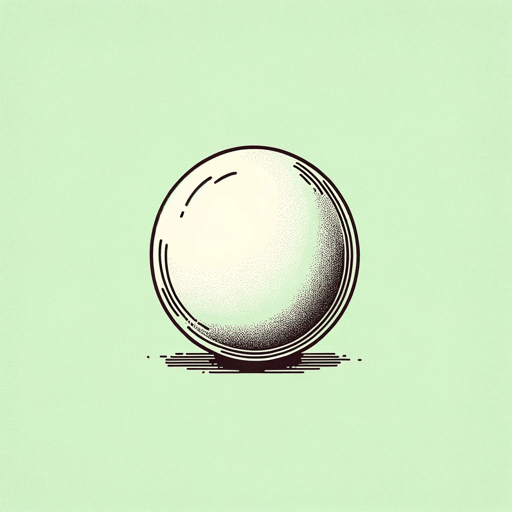
Death On The Nile
Agatha Christie

Murder at the Vicarage
Agatha Christie

Murder on the Orient Express
Agatha Christie

Poirot Investigates
Agatha Christie
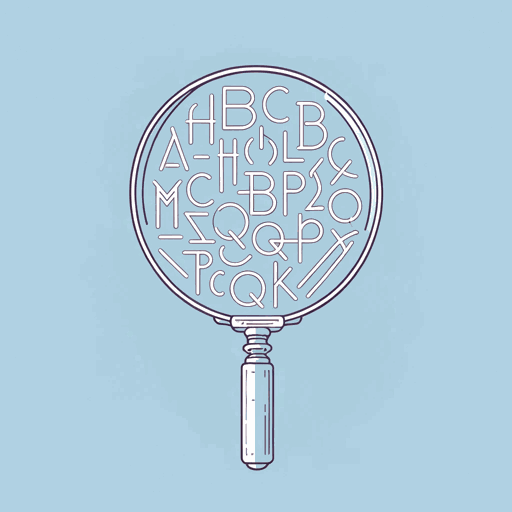
The ABC Murders
Agatha Christie

The Mousetrap
Agatha Christie

The Mysterious Affair at Styles
Agatha Christie
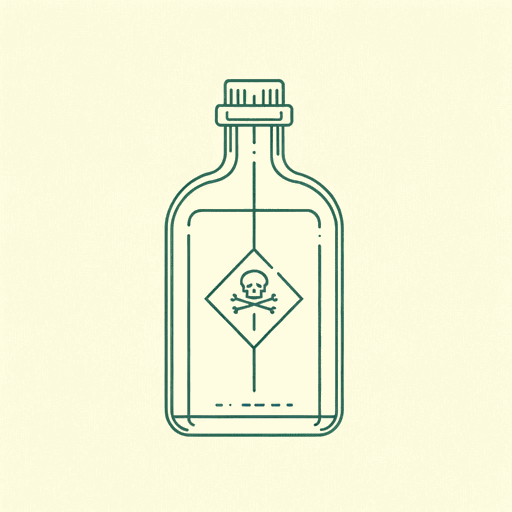
The Pale Horse
Agatha Christie

Witness for the Prosecution
Agatha Christie

